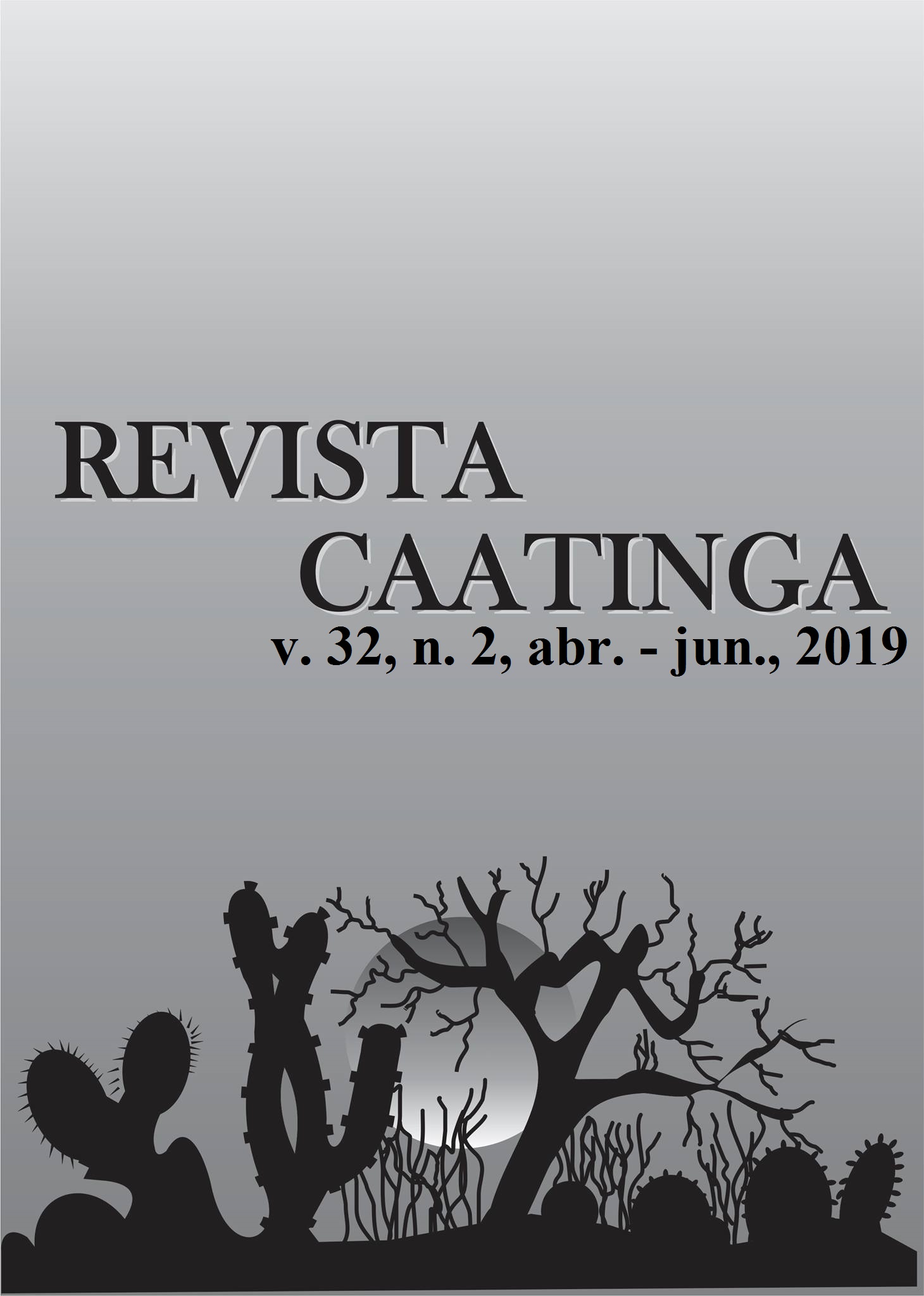CHEMICAL AND BIOLOGICAL SEED TREATMENT AND THEIR EFFECT ON SOYBEAN DEVELOPMENT AND YIELD
DOI:
https://doi.org/10.1590/1983-21252019v32n229rcKeywords:
Glycine max. Plant growth. Trichoderma spp.Abstract
In the search for homogeneous planting density and satisfactory results in soybean development and yield, the treatment of seeds can be carried out using a combination of chemical fungicides, growth stimulators, and other biological agents. The objective of this study is to evaluate the effect of chemical and biological inputs for soybean seed treatment on crop development and yield. Experiments were carried out in the 2010/2011 growing season in three municipalities of Rio Grande do Sul using the following treatments: fungicide fludioxonil, Trichoderma spp., fludioxonil + Trichoderma spp., fludioxonil + Trichoderma spp. + the growth stimulator Biozyme®, and a control (untreated). The total number of pods in treatment with Trichoderma spp. and the other treatments were up to 77% higher than that of the control. The grain yield of treatments with fludioxonil, fludioxonil + Trichoderma spp., and fludioxonil + Trichoderma spp. + Biozyme® was up to 14% higher than that of the control. These results indicate that fludioxonil combined with the fungus Trichoderma spp. and Biozyme® is indicated for treating soybean seeds and increases crop development and grain yield.
Downloads
Downloads
Published
Issue
Section
License
Os Autores que publicam na Revista Caatinga concordam com os seguintes termos:
a) Os Autores mantêm os direitos autorais e concedem à revista o direito de primeira publicação, com o trabalho simultaneamente licenciado sob a Licença Creative Commons do tipo atribuição CC-BY, para todo o conteúdo do periódico, exceto onde estiver identificado, que permite o compartilhamento do trabalho com reconhecimento da autoria e publicação inicial nesta revista, sem fins comerciais.
b) Os Autores têm autorização para distribuição não-exclusiva da versão do trabalho publicada nesta revista (ex.: publicar em repositório institucional ou como capítulo de livro), com reconhecimento de autoria e publicação inicial nesta revista.
c) Os Autores têm permissão e são estimulados a publicar e distribuir seu trabalho online (ex.: em repositórios institucionais ou na sua página pessoal) a qualquer ponto antes ou durante o processo editorial, já que isso pode gerar alterações produtivas, bem como aumentar o impacto e a citação do trabalho publicado (Veja O Efeito do Acesso Livre).







